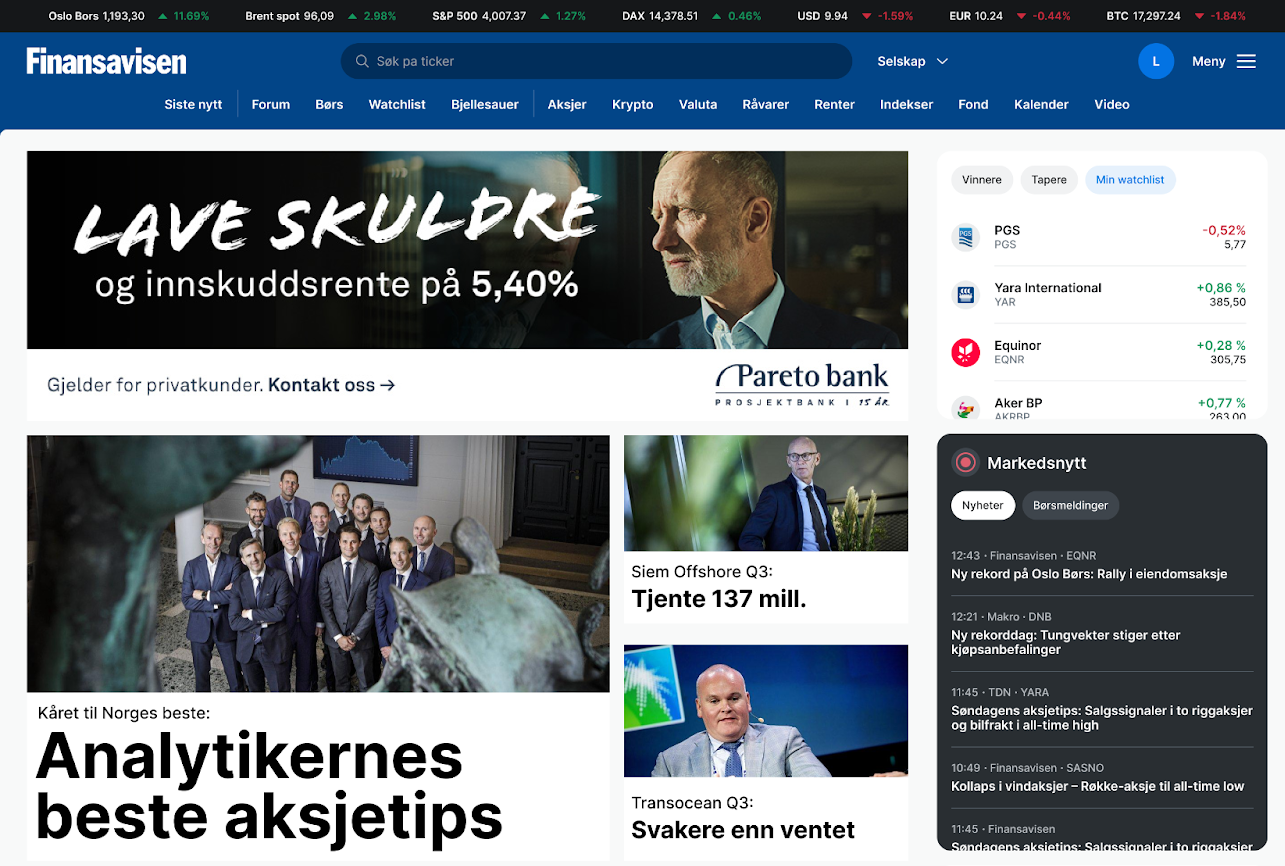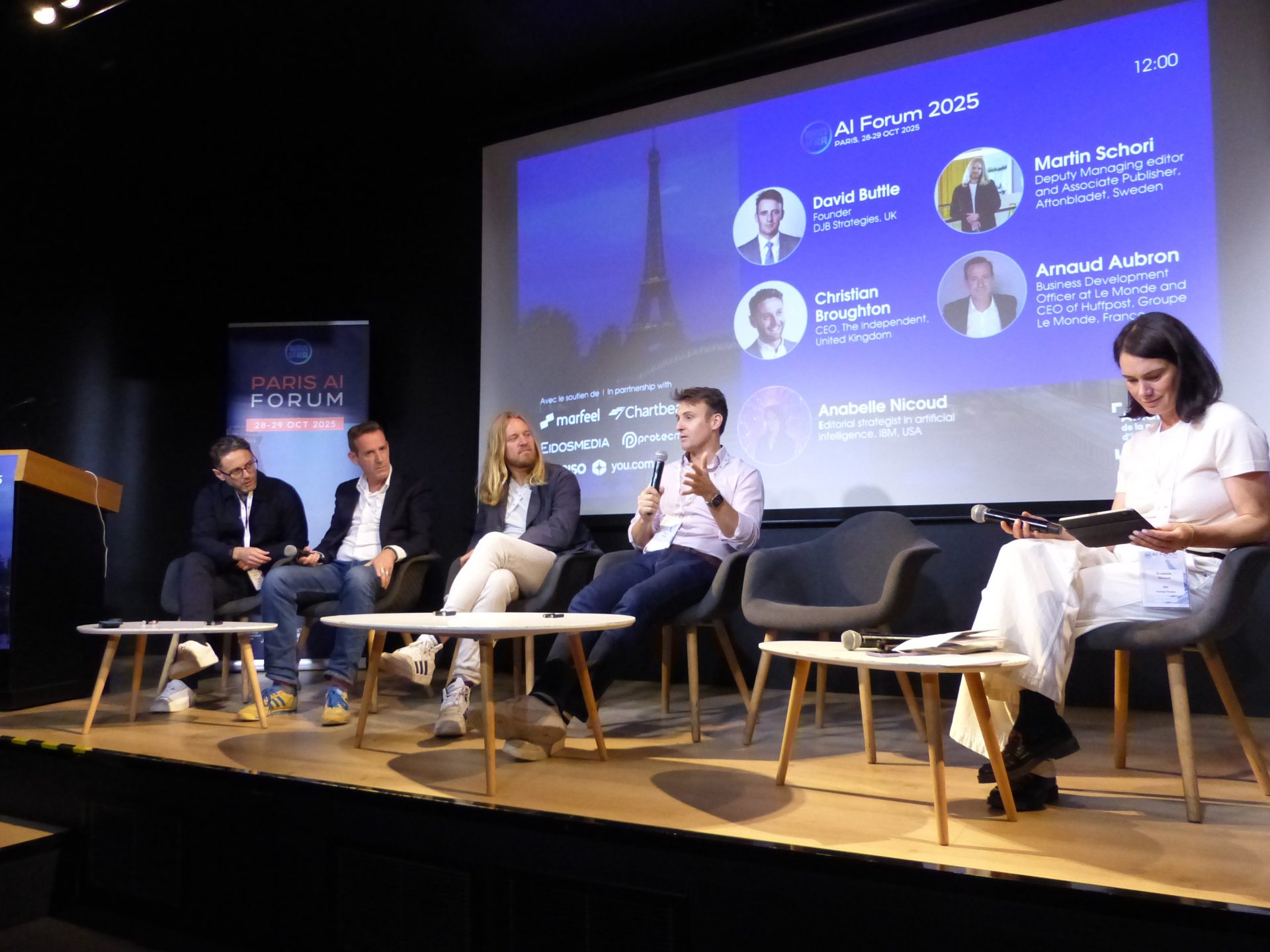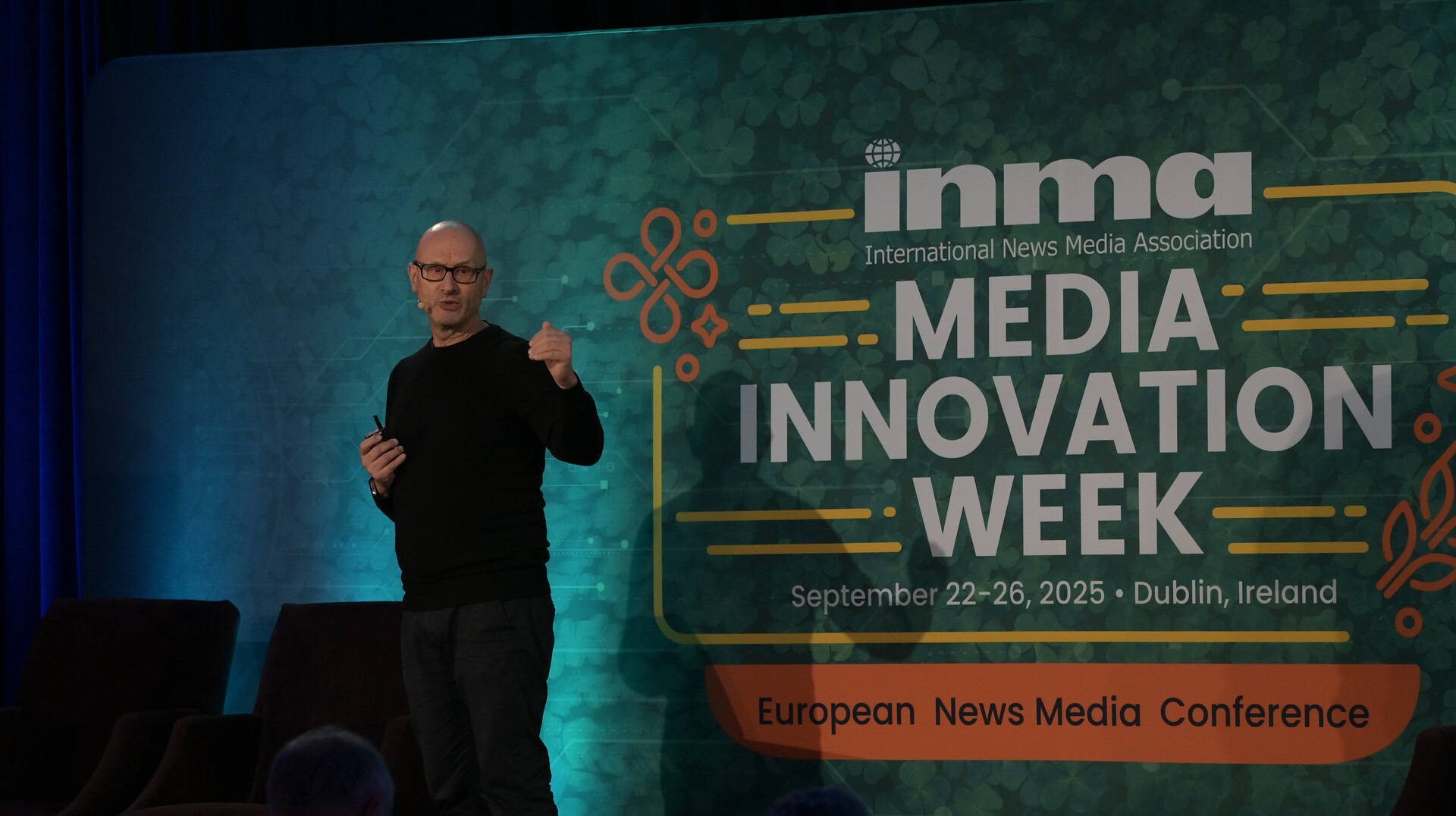
Newsletter
Newsletter
Mediahuis Belgium has managed to get young audiences to subscribe to a dedicated subscription, but there remain challenges to solve.
18th July 2025

While 25% of American adults over 65 said they had paid for news in the past year, that number dropped to just 12% for those under 30, according to a Pew Research Center survey. This generational gap is largely driven by the rise of social media, as younger audiences increasingly turn to platforms like TikTok, Instagram, and YouTube for news instead of traditional outlets.
However, some publishers are working to reverse this trend. Speaking at the recent Audiencers Festival in London, Katia Debusschere, manager of acquisition and conversions at Mediahuis Belgium, noted that, with their average subscriber aged 64.5, attracting younger readers is a “huge challenge”. But it’s a puzzle they will need to solve if they’re going to grow their audience and ensure long-term sustainability. To address this, the Flemish-language publisher has used a targeted subscription specifically for 18-25 year-olds, which aims to make paid news more accessible and appealing to younger readers.
Mediahuis has long targeted younger audiences with subscriptions. Up until 2023, they offered a 20% discount for students, although this only delivered limited growth. With a strong market share in the Flemish-speaking regions of Belgium, many students already had access to their parents’ subscriptions, which reduced the appeal of a modestly discounted offer. Simply lowering the price wasn’t enough to drive meaningful uptake.
Subsequently, they replaced their student discount with an under-26 year-old subscription priced at €1 per week, with a minimum commitment of just one month, compared to €7 a week for a full priced monthly sub. This monthly pricing model mirrored the structure of popular services like Netflix, making it more familiar and accessible to younger audiences. It also was a different approach to their existing model which only discounted significantly for long term subscriptions.
Speaking at the Audiencers Festival, Katia emphasised that payment itself isn’t the primary barrier to conversion and therefore publishers should avoid giving content away for free. “Young people, they are willing to pay, because they do pay if they want something,” she said, referencing the success of platforms like Spotify. This sentiment is backed by research. Numerous studies show Gen Z is not only willing to pay for subscriptions but tends to hold more of them than older generations. Data from Visa, for instance, reveals that in the UK, Gen Z spends three times more on subscription services than Gen X. The key to getting them to subscribe is to build a product they value and price it accordingly.
Mediahuis has tried to achieve this by making the youth subscription feel distinct from the main product. While the content bundle is similar, the subscription is sold through a separate funnel, supported by its own dedicated microsite. By combining a lower price with greater flexibility, they have positioned it as a standalone product rather than a discounted version of the original. That said, there’s still room for growth, the current subscriber base sits at 3,200, well short of their target of 8,640, which would align with the share of student subscriptions they previously achieved.
Mediahuis’ strategy isn’t to just adjust pricing, it’s rooted in creating experiences that genuinely resonate with younger audiences. Speaking at WAN-IFRA’s conference in Krakow in May, Liesbeth Nizet, head of future audiences monetisation, outlined their broader approach. For Liesbeth, the principle is clear: “Monetisation follows participation. Trust comes before transactions.” Guided by this philosophy, the team developed a “youth-friendly engagement funnel”, one that begins by sparking inspiration and excitement off-platform, then nurtures a sense of belonging, conditional support, and ultimately, fandom within the Mediahuis ecosystem.
The under-26 subscription has been shaped around an experience that fosters belonging and support. Mediahuis’ research revealed that young people want more than just a feed of newspaper articles. They expect guidance and engaging, “snackable” news formats. In response, they have bundled subscriptions and invested in video content, an approach we highlighted in our bulletin following the Reuters report a few weeks ago.
They’re not the only ones. Newsreel, an app targeting 18- to 30-year-olds, has discovered that gamifying the news experience effectively boosts engagement among users who typically avoid the news. A case study by Pennsylvania State University revealed that by implementing a Duolingo-style streak system, Newsreel was able to bring nearly half of its audience back to the platform daily for 20 consecutive days, an impressive retention rate. This success was driven by delivering three daily stories through a dynamic reading experience featuring short articles, videos, and interactive quizzes.
At the WAN-IFRA summit, Liesbeth emphasised the importance of engaging meaningfully on platforms popular with young audiences, such as TikTok, Instagram, Snapchat, and YouTube. To effectively reach younger users, publishers must be proactive in meeting them where they are already consuming content. When marketing to Gen Z, Mediahuis identified these key platforms and collaborated with influencers. Traditional channels like email and LinkedIn were also tested but proved ineffective. This underscored the need to develop tailored strategies specifically designed for a younger audience.
This approach was combined with messaging designed to resonate specifically with younger readers, deliberately setting it apart from their usual communications. The campaign emphasised affordable pricing and addressed the common frustration of content being locked behind paywalls by framing the subscription as a way to “unlock” access.
However, this came at a financial cost. Influencers were described as “expensive,” and targeting such a narrow audience segment inevitably drove up spend. As a result, Mediahuis had to recognise the need for an ongoing process of optimisation while carefully managing their budget. Additionally, in terms of retention and churn, the youth subscriptions have yet to match the performance of their main subscription packages.
Here are some of the most important headlines about the business of news and publishing as well as strategies and tactics in product management, analytics and audience engagement.

Newsletter

Newsletter

Newsletter

Newsletter

Newsletter